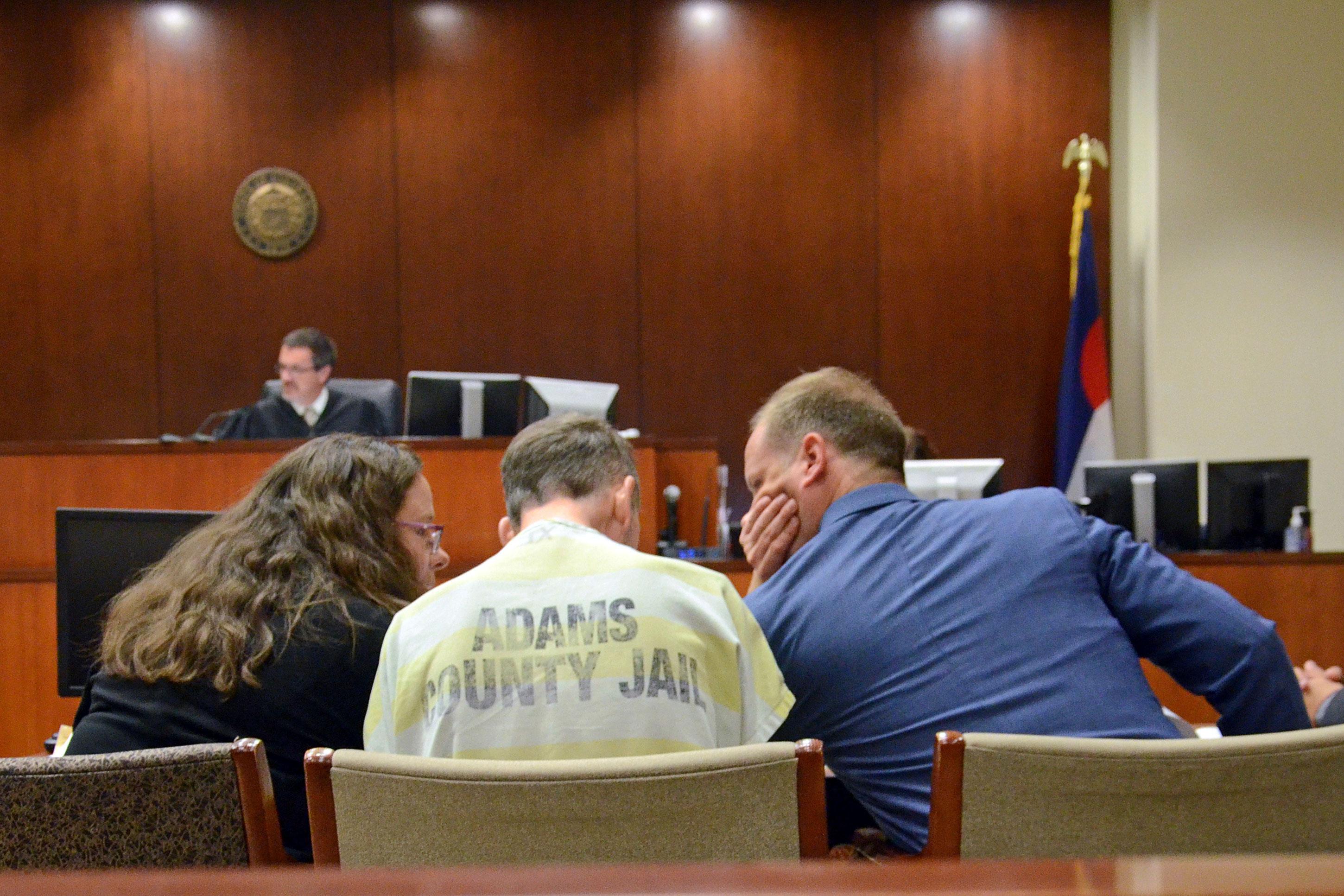

Colorado’s prosecutors filed almost 20 percent, or 9,000, more felony charges in 2018 than in the previous two years, despite both the state’s overall crime rate and the jail population holding mostly steady.
District attorneys in some of the largest cities and counties across the Front Range and Western Slope have seen large double-digit increases in felony filings since 2015. In Grand Junction, numbers are up 56 percent, while in Denver, felony filings are up 45 percent.
Prosecutors, justice reform advocates and public defenders attribute the rise in filings — often multiple felonies can be filed against a single person for a single incident — to a spike in addiction across the state.
“People will resort to property crime to feed their addiction,” said Boulder district attorney Michael Dougherty. “People having stuff stolen off their front porch, bikes being stolen, cars and homes being broken into, those crimes are often associated with drug addiction because people are looking for any means possible to feed the addiction.”

Adams County District Attorney Dave Young, who filed almost 700 more felonies in 2018 than in 2017, said that increase follows addiction trends in his judicial district.
“Drugs is one of the largest contributors to people committing crimes,” Young said. “Drugs and the passion to get more drugs leads to all sorts of different crimes. They’ll do anything to fulfill their habit.”
Crime Trends Don’t Line Up With All The Felony Filings
The climb in felony filings don’t mirror other statewide crime trends. Though arrest rates have increased, the actual crime statistics through 2017 are only up slightly, particularly after taking into account population growth, according to the FBI.
Violent crime is up about 15 percent over the past three years. Property crime and larceny is up about 4 percent. Since 2015, the state’s population is up about 6 percent.

Colorado’s prison population has also remained relatively flat for the past five years. Misdemeanor filings haven’t gone up either.
“Something is going on and I don’t think any of us have the answer,” said Christie Donner, director of the Colorado Criminal Justice Reform Coalition. “But we want people to be thinking about this and we want people to understand this.”
Donner’s group published a report last week showing drug felony case filings composed one-third of all felony filings statewide last year. State lawmakers will weigh a proposal to lower possession charges from a lower-end felony to a misdemeanor.
Donner said her group knows about 200 people sitting in state prisons simply on possession convictions.
“The drugs just ratchet up this whole system,” she said. “There is legislation to increase the number of judges, then we’ll have more probation officers, more public defenders. It’s expensive.”
Beyond possible sentencing reform for drug possession, Gov. Jared Polis hopes to reduce the state’s prison population by shifting parole-ready people out of incarceration more quickly.
Of the 20,000 people in state prisons, roughly 8,000 are parole eligible. Of those, 200 are awaiting a parole eligibility plan and another 200 have been deemed non-violent with pending release dates, according to the Department of Corrections.
Prosecutors are trying reforms, too, including District Attorney Dougherty in Boulder, who recently launched a drug possession diversion program. People charged with felony possessions can complete substance abuse treatment and have their charges eventually dropped.

Dougherty said he’s not as worried about the numbers as the actual addiction rates.
“Moving something from a felony to a misdemeanor doesn’t change the number of people addicted to drugs,” he said. “What are we going to do as a state to actually respond to that?”
Recidivism Plays A Role
Tom Raynes, head of the Colorado District Attorneys’ Council, is vexed by how often new felonies are being committed by people with old ones on their records.
Of the roughly 54,000 felonies filed in the state in 2018, fully half were against people who were already in the criminal justice system or had a prior criminal record. Colorado’s 50 percent recidivism rate is a full 10 percentage points higher than the national 40 percent rate.
“That’s an extremely lethal recidivism rate,” Raynes said. “We’re doing something wrong, whether it’s in the sentencing, the supervision, the lack of treatment, it’s probably all of the above. It certainly merits a deeper dive.”
Hassan Latif agrees.
Latif runs the Second Chance Center in Aurora, a program for people just coming out of prison or jail. They help with bus passes and housing and food vouchers, but they also have mentoring support groups and offer job training to help get people back on their feet and stay out of trouble. Only 10 percent of those who go through Latif’s program are arrested again.

“The biggest part of our success is getting folks to buy into the fact that life could really, really be different, you just have to commit to do things differently,” Latif said.
Asked about why people go on to commit more felonies, Latif said that without support, people often go straight from incarceration to precarious situations — they have to live in motels, they have no recent job history to find work, they often lack family support.
“It's always easier to get the second felony,” he said. “You know once a person enters the system you know the likelihood the filing being influenced by someone's previous record is heightened.”
Democratic Attorney General Phil Weiser often held up the Second Chance Center on the campaign trail as a model to be replicated statewide. Latif said he looked forward to holding him to his campaign promise.









